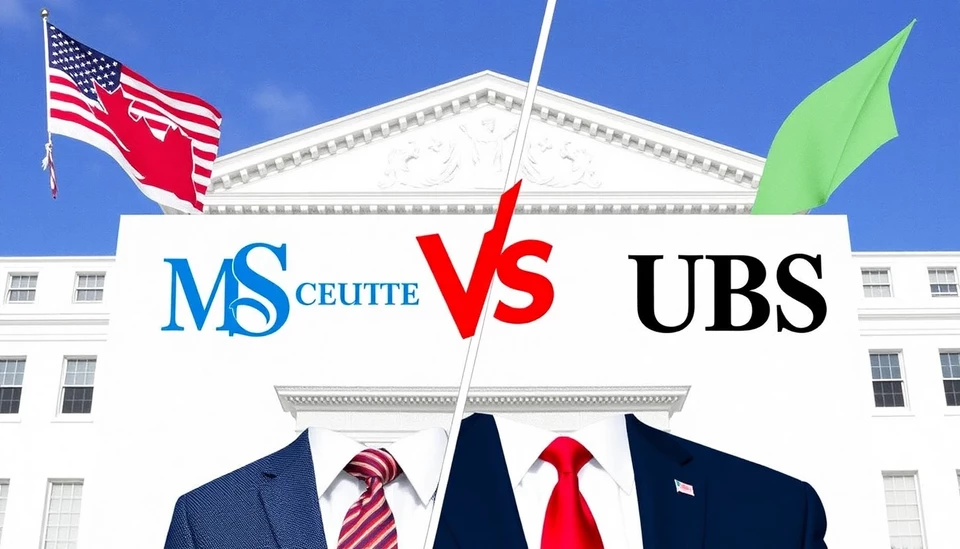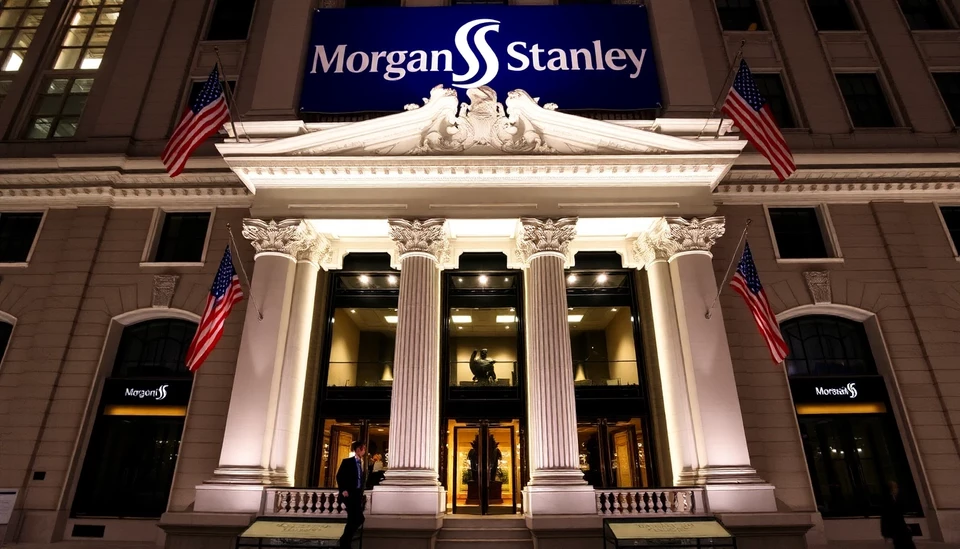
In a recent clash over monetary policy predictions, Morgan Stanley and UBS found themselves at odds, largely due to the unexpected ramifications of tariffs implemented during Donald Trump’s presidency. This confrontation underscores the deepening divide in financial assessment, particularly in light of the changing economic landscape shaped by policy shifts.
Analysts from both firms have been scrutinizing the U.S. Federal Reserve’s course of action regarding interest rates, with each company interpreting the economic indicators in starkly different ways. Morgan Stanley has taken a stance suggesting that the Fed may need to adopt a more aggressive approach in its monetary policy as inflation risks loom larger. Conversely, UBS is taking a more conservative route, positing that the central bank might hold off on major changes to its rate strategy in the near term.
The dissonance between the two major financial firms stems from the economic fallout associated with Trump’s controversial tariffs that were applied to various countries. These tariffs, aimed primarily at China, resulted in a series of unpredictable waves throughout the economy, combining the effects of increased consumer prices and global supply chain disruptions. As the macroeconomic environment evolves, both firms are grappling with how these factors will influence the Fed's decisions in the coming months.
Furthermore, Morgan Stanley’s economists have warned that sustained inflation could necessitate more forceful actions from the Fed, including potential rate hikes aimed at curtailing rapidly rising prices. They argue that the central bank must remain vigilant against economic overheating, a sentiment that aligns with recent inflation data suggesting persistent upward pressure on consumer prices.
UBS, however, believes that while inflation is an ongoing concern, the Fed is more likely to prioritize steady, measured approaches rather than immediate aggressive rate increases. This perspective is rooted in the belief that the economy is in a recovery phase, with labor markets strengthening but still vulnerable to shifts brought about by external pressures, including trade policies and geopolitical tensions.
The disagreement highlights not only the differing economic philosophies within these firms but also the uncertainty that envelops financial markets as they navigate the complexities of policy implications from past administrations. Stakeholders across various sectors are now closely monitoring these developments, as the Fed's responses could significantly shape the investment landscape.
In summary, the contrasting views from Morgan Stanley and UBS on the future path of the Fed reflect a broader struggle within the financial institutions to manage predictions amid unforeseen tariff-related disruptions. As both firms prepare their forecasts, market participants remain on edge, eagerly anticipating how the Fed will respond to the evolving economic indicators in the wake of previous policy decisions.
As the situation continues to unfold, the clarity of both firms' projections will depend heavily on incoming economic data, and how resilient the economy proves to be against the backdrop of overall global trade dynamics.
#MorganStanley #UBS #FederalReserve #TrumpTariffs #EconomicPolicy #InterestRates #Inflation #FinancialMarkets #InvestmentStrategy
Author: Laura Mitchell




